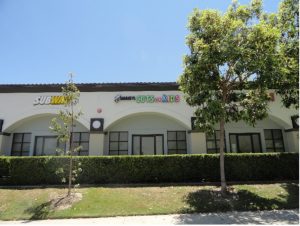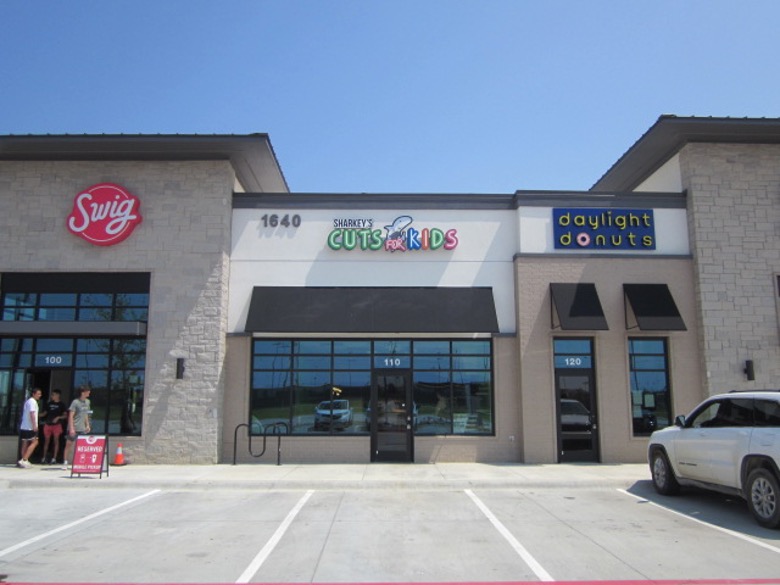In the world of branding, every detail matters. From the colors used to the font chosen, each element contributes to the overall perception of a brand. When it comes to signage, this principle holds even more weight. At National Branding, we understand the significance of creating signage that not only represents our clients’ brands effectively but also seamlessly integrates witha its surroundings.
We recently caught up with Kevin Kline, a seasoned graphic designer at National Branding, to examine the strategies and insights behind our approach to signage design. Kevin emphasized the crucial role that studying neighboring signage plays in our process. He highlighted how this practice enables us to craft signage solutions that stand out while harmonizing with the existing environment.
“When we work with clients, especially in settings like strip malls, it’s imperative that we immerse ourselves in the context,” Kevin explained. “This means being as knowledgeable about sign codes and regulations as we are about the physical space itself. By conducting thorough site surveys and analyzing neighboring signage, we gain invaluable insights that inform our design decisions.”
One of the primary methods employed by Kevin and his team involves leveraging technology such as Google Maps and Street View. These tools provide a comprehensive view of the surrounding area, allowing designers to assess factors like sign size, placement, and mounting techniques.
Kevin elaborated, “With Google Maps, we can virtually explore the vicinity, examining not just the immediate site but also neighboring establishments. This insight is invaluable, as it helps us gauge the visual landscape and ensure that our signage stands out while complementing its surroundings.”

However, Kevin acknowledges the limitations of such technology. “Google Maps may not always provide the most up-to-date information, and occasionally, certain locations may be inaccessible. In such cases, our on-site surveys become even more crucial. But by combining these approaches, we can gather a wealth of data to inform our design process.”
One of the key benefits of studying neighboring signage is the ability to identify trends and conventions prevalent in a particular area. Kevin emphasized how this knowledge influences design choices, particularly regarding mounting techniques.
“For instance, if we notice that flush mounted channel letters are prevalent in a strip mall, that informs our approach,” Kevin said. “While we always strive for aesthetic appeal, we also aim to ensure that our signage aligns with existing norms, be it dictated by sign codes or landlord regulations.”
Ultimately, the goal is to create signage that not only captures the essence of our clients’ brands but also resonates with the local audience. By meticulously studying neighboring signage and leveraging innovative technologies, National Branding remains at the forefront of delivering impactful branding solutions tailored to each unique setting.
At National Branding, we recognize that successful branding extends beyond individual logos or slogans—it’s about seamlessly integrating into the fabric of communities. Through our meticulous approach to studying neighboring signage, we ensure that every sign we create not only represents our clients’ brands effectively but also enhances the visual landscape for years to come.



